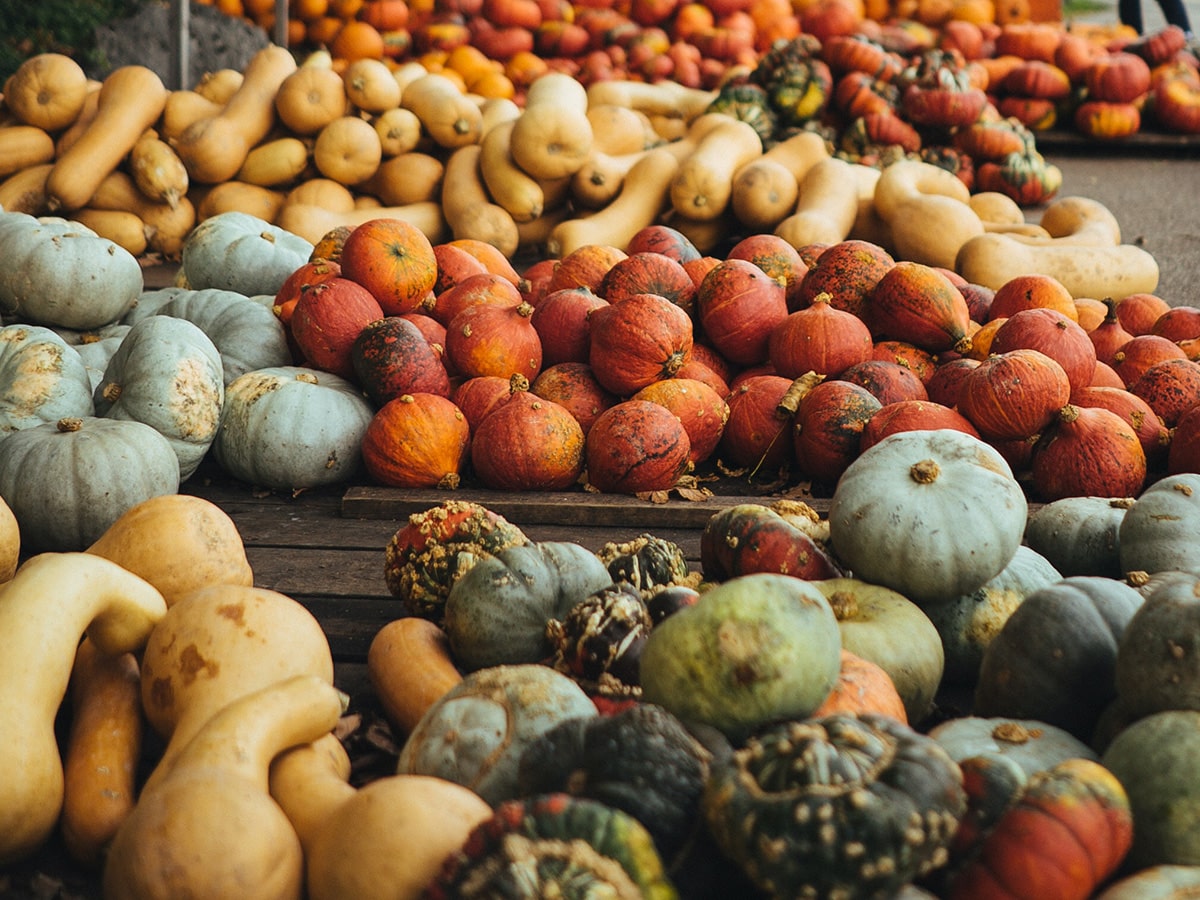
Breathing Techniques for Your Heart
You can’t deny the difference in the air that comes with the autumn months. It feels crisp and light and often elicits an automatic deep inhale, followed by an equally deep exhale… Sweet release. Not only is breathing in fresh air relaxing, it’s also beneficial for your health and has effects such as:
- Lowers heart rate and blood pressure
- Reduces airborne illness and infection
- Increases serotonin levels due to greater amounts of oxygen
Studies have also shown that certain types of breathing techniques, known as prāṇāyāma, have direct effects on heart health. Of the many types of breathing techniques, these studies indicate that slow breathing leads to improved heart health and autonomic function whereas rapid breathing doesn’t. Because breathing in fresh air offers the
One of the simplest techniques to begin incorporating into your daily life for better cardiac function is the practice of simple slow breathing with a 2:1 exhale to inhale ratio; counting as you inhale as long as you can, and then breathing out twice as long. Try this for 5 minutes a day and work your way to 10 minutes a day (you can break this up into 5 minutes in the morning and 5 in the evening). You’ll notice that as you continue this practice, your capacity for longer breaths will grow, along with your heart health. Be sure to tag your breathing practices in your Cardiogram app so you can witness for yourself the difference that a few minutes of intentional, slow breathing makes in your heart rate data.

Without the intensity of the summer sun’s rays beating down on you, getting outside to move around becomes much more enjoyable. While engaging in any type of physical movement is beneficial for heart health, it’s important to find the type of exercise that speaks to you. (Read our journal What Types of Movement Improve Cardiovascular Fitness to learn more).
While physical movement itself is an important key for improving cardiovascular function, being outside and breathing in the fresh air only increases its effectiveness. In fact, greenspace exposure improves all aspects of health and heart health in particular, including reductions in:
- Diastolic blood pressure
- Salivary cortisol
- Heart rate
- Stroke
- Type II diabetes
- Cardiovascular-related deaths
So, this fall, while the weather is tolerable, make it a point to choose the park over the gym and a hike over a stroll in the neighborhood when possible. (And if it’s not possible, or if it adds stress to do so, don’t worry! You’re awesome for giving your body the movement it needs no matter where that is). Be sure to check in on your workout data in your Cardiogram app to make sure the exercise you’re getting is most efficient for improving your cardiovascular fitness.

Mother Nature is pretty great. While the juicy, thirst-quenching fruits she bears in the summer are no longer in season, plenty of warming, heart-healthy foods are now coming in. While we never recommend specific diets, and always recommend speaking to your doctor about what’s right for you, research does indicate that a predominantly plant-based diet can help in lowering risk of cardiovascular disease. And that those who follow plant-based eating most closely are 19 percent less likely to die of heart-related illness.
With that in mind, there are so many wonderful, heart-healthy fruits and vegetables that are in-season in the autumn months. Many of which contain fiber (which can help to control weight, blood sugar levels, and overall risk of heart disease) and antioxidants (known to reduce inflammation which can decrease risk of heart disease). The list is extensive, but includes:
- Beans and legumes. Well-known for being heart healthy, partially due to plentiful fiber, vitamins, and minerals.
- Sweet potato. Contain ample amounts of beta-carotene, antioxidants, and potassium.
- Apples. Can help in fighting cholesterol and heart healthy fibers and antioxidants (which are especially prevalent in the peel- just be sure to wash thoroughly first!)
- Beets. Well known for their abundance of nitrates, which the body uses to create nitrites and help to maintain healthy arteries. Beet juice alone has also been shown to help manage blood pressure.
- Winter squash. Half a cup contains over 100% of your daily dose of vitamin A (which has specific antioxidants that guard against heart disease).
The list goes on, from pears and brussels sprouts to pomegranates and broccoli. Autumn certainly doesn’t fall short of delicious and nutritious foods to eat. As you begin incorporating more heart healthy foods into your diet, keep up with your Health Score in your Cardiogram app. Over time, notice if your score raises as your heart becomes healthier. And as always, be sure to consult with your doctor before making any major dietary or lifestyle changes.
- https://www.ncbi.nlm.nih.gov/pmc/articles/PMC5382821/
- https://www.ncbi.nlm.nih.gov/pmc/articles/PMC6562165/
- https://www.ahajournals.org/doi/full/10.1161/JAHA.119.012865
- https://www.mayoclinic.org/healthy-lifestyle/nutrition-and-healthy-eating/in-depth/fiber/art-20043983
- https://www.ncbi.nlm.nih.gov/pmc/articles/PMC6316347/
- https://www.mayoclinic.org/drugs-supplements-vitamin-a/art-20365945


